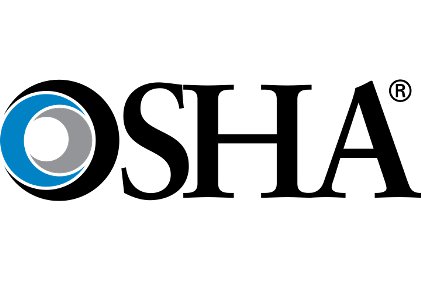 In what has to be the first sign that the federal government truly recognizes the problem of outdated Permissible Exposure Limits (PELs), Federal OSHA has begun an effort to provide more guidance and information to employers and workers to compare some of the many different exposure limits being used.
In what has to be the first sign that the federal government truly recognizes the problem of outdated Permissible Exposure Limits (PELs), Federal OSHA has begun an effort to provide more guidance and information to employers and workers to compare some of the many different exposure limits being used.
Dr. David Michaels, Assistant Secretary of Labor for Federal OSHA, announced on October 24, 2013 links to Federal OSHA websites that will provide employers and workers with access to alternative exposure limits and additional information on establishing a chemical management system in the workplace.
The first part of this announcement dealt with “annotated tables” of exposure limits. The Federal OSHA link now provides a comparison of the existing PELs, the American Conference of Governmental Industrial Hygienist (ACGIH) Threshold Limit Values (TLVs) and Biological Exposure Indices (BEIs), the National Institute for Occupational Safety and Health (NIOSH) recommended Exposure Limits (RELs), and the California Division of Occupational Safety and Health (DOSH) PELs.
Federal OSHA stated that providing employers, workers, and other interested parties with a list of alternate occupational exposure limits will serve to better protect workers. Federal OSHA was clear, however, in stating that while Federal OSHA “recommends” that employers consider using the alternative (i.e. lower) exposure limits, the Federal/State OSHA PELs remain in effect and are the legal limits.
The second part of the Federal OSHA announcement was a link to a web page that provides a “toolkit” to assist employers in establishing a chemical management system that goes beyond simply complying with OSHA standards. According to one AIHA member, many Industrial Hygienists have already been providing this assistance to employers and OSHA’s proposal will make it even more available.
For links to the Federal OSHA pages, go to the OSHA home pageand click on the links under Protecting Workers from Hazardous Chemicals found on the left side of the page. Click through the links to see the newly provided information.
Derived from an article written by Aaron K. Trippler, America Industrial Hygiene Association (AIHA) Government Affairs Director.


